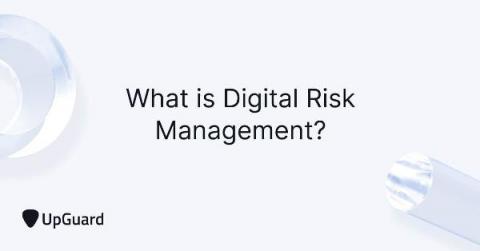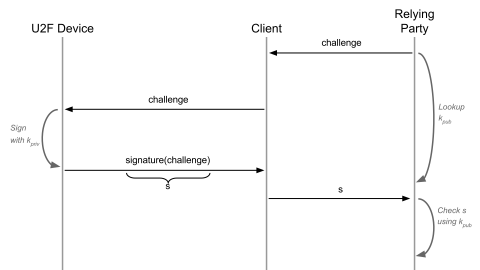How to Manage Your Digital Risk in 2021
Though digital transformation is necessary, it's accompanied by some serious risks. This is the scaling conundrum of 2021 - organizations must embrace digitization to remain relevant, however, the greater the digital transformation, the greater the associated digital risks. Thankfully, with the correct digital risk management, organizations can continue to safely embrace digital transformation while mitigating the byproduct of digital risks.











